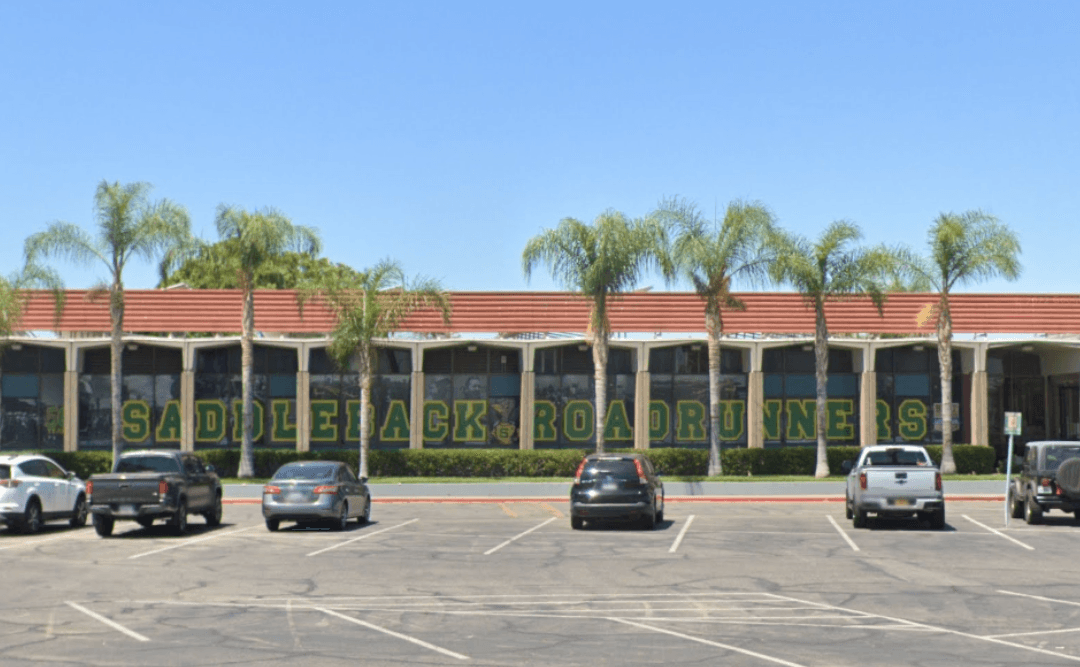When Eddie Bustamante arrived at Santa Ana’s Saddleback High School as principal nine years ago, he repeatedly heard one message from students loud and clear.
They longed for a football stadium. Their own football stadium.

When Eddie Bustamante arrived at Santa Ana’s Saddleback High School as principal nine years ago, he repeatedly heard one message from students loud and clear.
They longed for a football stadium. Their own football stadium.